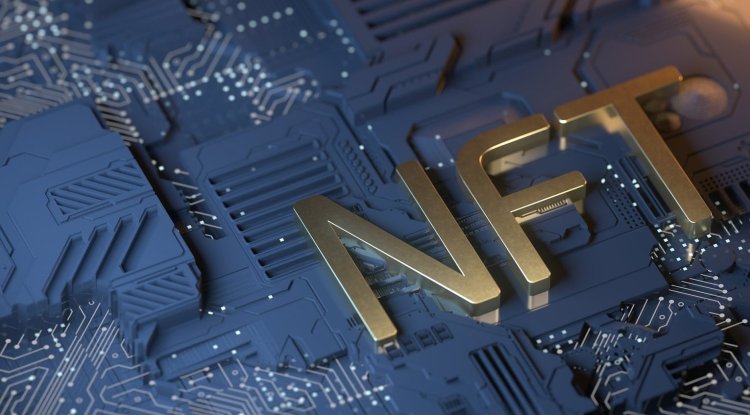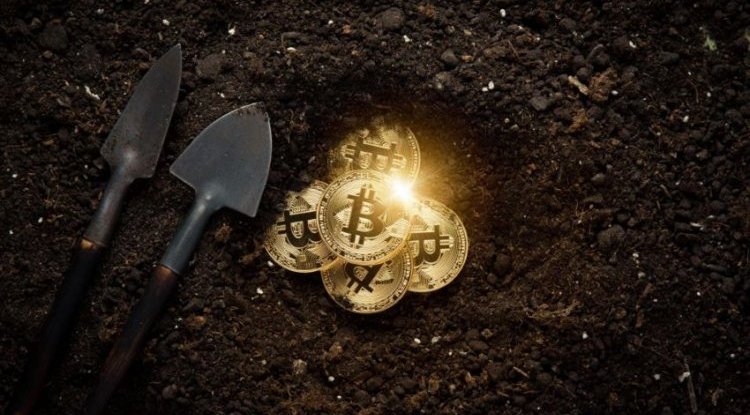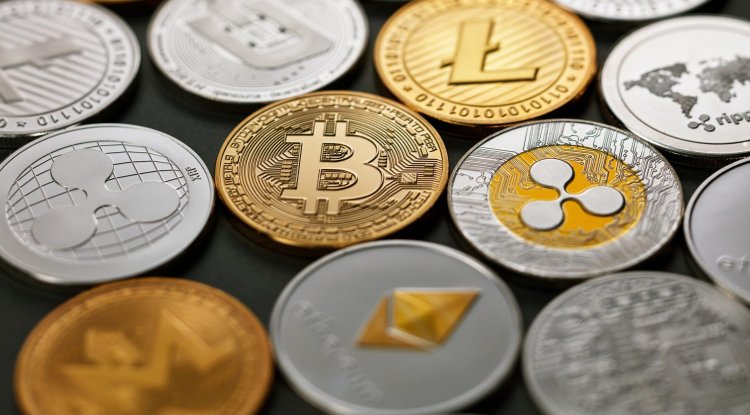How NFTs have become a status symbol
For centuries, the rich have spent excess money on things that were perceived in society as status symbols. Now they are spending it on NFTs

For centuries, the rich have spent excess money on things that were perceived in society as status symbols. Once strong cars, luxurious villas, yachts, Rolex watches, and expensive handbags, and today NFTs - the luxury goods market always finds a way to generate new trends that wealthier people then follow. NFT is becoming an increasingly widespread term for various industries, including gambling. In other words, online casinos are increasingly giving way to alternative gambling methods, such as NFTs and cryptocurrencies.
 How is NFT different from cryptocurrencies?
How is NFT different from cryptocurrencies?
If you’ve been following the latest news from the tech scene and news from the arts, blockchain, and finance over the past few months, you could see that NFT is a term that is mentioned very often. NFT is an English card for non-fungible tokens. In translation, it would be a token or an irreplaceable token. The term refers to cryptographically protected blockchain fragments designed to be a means of storing something of unique value. Also, NFTs are designed as digital or physical assets that can be easily proven ownership.
Although they can be based on different standards, NFTs are usually created on the basis of the ethereum blockchain. Cryptocurrencies are also placed on the cryptographic blockchain, but they are made differently. If you have bitcoin, you can easily exchange it for money or - since each is worth the same - for another bitcoin. On the other hand, each NFT is a unique asset and cannot be exchanged for another. Cryptographic protection in the case of NFT guarantees its uniqueness and does not allow its value to be manipulated. NFT can be any work presented in digital form - music, drawing, gif, tweet and the like. NFT as a status symbol
NFTs are the beginning of a new era for artists, musicians, and various digital artists who can now sell their works through tokens, directly and without intermediaries. They have become a kind of modern property class. Their value is speculative, i.e. defined by the law of supply and demand, which means that NFT is worth as much as the customer is willing to pay for what it represents.
Some treat NFTs as if the future is reserved for wealthy collectors, while others treat them like Pokemon cards available to the wealthy, but also to the common people. The offer is chaotic, which is why it is still difficult to determine the rules by which a work achieves so much value.
Digital artist Beeple, for example, sold a ‘file’ for almost $ 70 million a few months ago. The buyer did not receive a physical work of art, but a file containing a high-resolution image. He also became the holder of a digital certificate confirming the ownership, but also the authenticity of the work. Future or deception?
One of the biggest obstacles with NFTs is the lack of liquidity. Although many justify the purchase of NFT by calling it an investment, in reality, these are figures that are not very likely to return. If the buyer eventually wants to return at least part of the value of the purchased NFT, he must find someone who is willing to pay the same or a larger amount than he gave. Purchasing NFT usually includes basic usage rights, such as the ability to publish the purchased work online or set it up as a profile picture.
The emergence of this form of exchange of digital works is particularly beneficial to artists themselves. Digital artists can now present their creations in limited editions and sell them to loyal fans. However, it can also be a matter of fictitious property, where it is very easy to spend a huge amount of money on something that does not really have any value.
NFT, therefore, can grow into the future of art, but also go into great deception, as collecting, whether in physical or digital form, always somehow goes out of fashion.




































